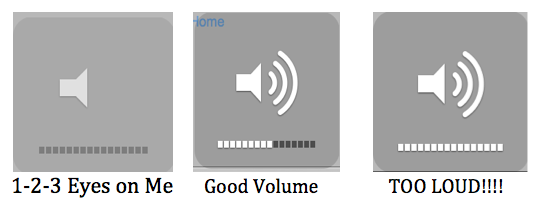Shiloh Chapter 13 & 14 pages 106 - 121
1. What does Marty do to try to keep Shiloh?
a) Marty goes to Judd's house to confront him,
b) Marty runs away from home with Shiloh.
c) Marty sends Shiloh to David's aunt and uncle's house in Ohio.
d) Marty talks to the sheriff about how Judd treats his dogs.
2. What does Marty see on the way to Judd's house?
a) Judd kicking his dogs.
b) Judd kills a deer.
c) Judd shots a rabbit.
d) Judd selling moonshine to the hunters.
3. What happens if you shoot a deer out of season?
a) nothing
b) You are arrested.
c) a $200 fine
d) You will receive a prison sentence.
4. What does Marty decide to do with the knowledge that Judd hunted out of season?
a) Marty asks Judd for half the meat.
b) Marty reports Judd to the sheriff.
c) Marty blackmails Judd.
5. How much money does Judd want for Shiloh?
a) $20
b) $40
c) $100
d) $250
6. How is Marty going to earn the money to buy Shiloh?
a) sell his rock collection
b) collect cans
c) work for Judd
d) paint his neighbor's fence
7. Marty made sure Judd's agreement was _______ .
a) witnessed by David
b) in writing
c) sealed with a handshake
d) signed by the notary
8. What did Marty catch Judd doing?
a) Judd was killing another dog.
b) Judd was setting traps for animals.
c) Judd was beating his hunting dogs.
d) Judd was shooting deer out of season.
9. What deal did Judd and Marty make?
a) Marty would never tell anyone about Judd being mean to the dogs if he could keep Shiloh.
b) Marty would pay Judd for the dog.
c) Marty would not tell about seeing Judd do something wrong and would pay him for the dog, if he could keep Shiloh.
d) Marty would help Judd for one year if he could keep the dog.
10. Which sequence best describes the order of events in Shiloh?
1) Marty works for Judd Travers.
2) Marty blackmails Judd.
3) Marty sees Judd shooting a deer out of season.
4) Judd signs a contract.
a) 3, 2, 1, 4
b) 3, 1, 4, 2
c) 3, 2, 4, 1
d) 3, 4, 1, 2
11. Which word would be the best antonym for bargain?
"You got a bargain," I tell Judd, and now my feet want to dance, my face wants to smile, but I don't dare let the delight show through.
a) understanding
b) rip-off
c) arrangement
d) good deal
12. Which statement is true about the theme of Shiloh?
a) Marty must figure out what to do based on his own sense of right and wrong
b) The bond of friendship that develops between Judd Travers and Marty is an example of teamwork.
c) Throughout the novel, Marty feels loss and grief as Shiloh is repeated hurt.
d) Marty is on a personal journey to discover who he is and where he belongs.








